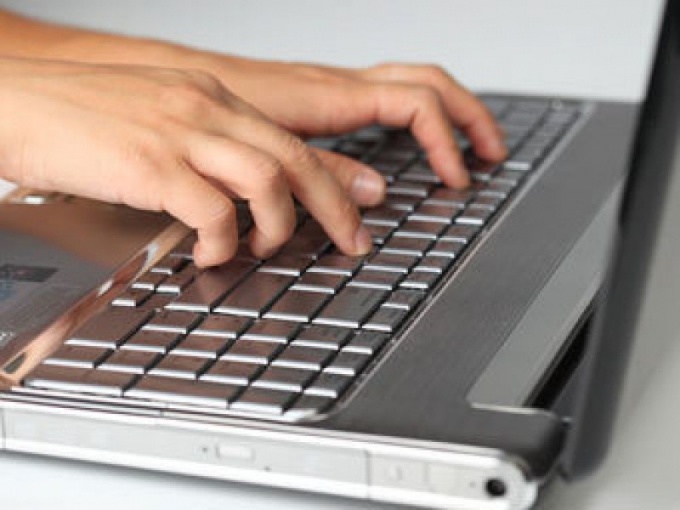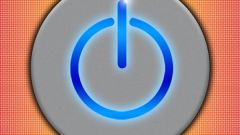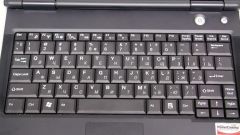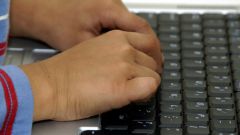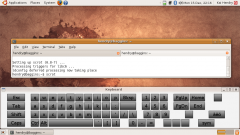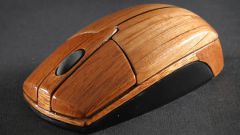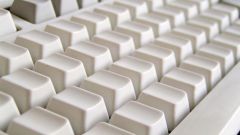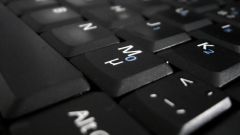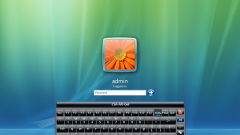Login and getting started
Most often, learn keyboard shortcuts the user starts when plugging in your mouse there is no way. When you turn the computer on the monitor displays the "welcome Window" and a list of users. To choose your profile, use Ctrl and the arrows. Having reached the selected user, press Enter.
The main menu can be accessed in two ways: press Win — imaged the Windows logo or press Ctrl + Esc. Navigate through it with help of arrows. To open the desired menu item, press Enter. To exit from the menu Esc key is used.
Basic shortcuts
To switch between Windows in Windows 7, use the key combination Win+Tab (or Win + Shift + Tab to switch in reverse order). In older versions of the operating system try pressing Alt+Tab (Alt + Shift + Tab). The same effect has and the combination of Alt + Esc.
To minimize all open Windows use a combination Win + M, and to restore them, press Shift + Win + M. For these purposes, you can use the key combination Win + D.
• Win + E — open the component "Computer".
• Ctrl + Alt + Delete or Ctrl + Esc + Shift — call task Manager.
• Win + F1 — open the help.
• Win + F — search for files or folders.
• Ctrl + Win +Tab — switch between programs on the taskbar using the arrow keys.
• Win + Break — opens the window "System".
• Alt + Tab will cause a window with icons of all running programs.
To switch to Explorer menu or use F10 or Alt. To move around the menu using the arrows. The dropdown list opens when you press Alt + Down arrow or "Up". For the tabs — arrows "Left" or "Right". In Windows 7 is easy to navigate through the menu once pressing Alt and selecting the desired letter. For example, Alt + F will bring up a menu "File".
How to work with files without a mouse
To work with the files enough to remember a few simple shortcuts:
• Ctrl+A — select all files in the folder.
• Shift + arrows "Down" or "Up" group selection.
• F2 — rename selected file.
• Delete — Delete to trash.
• Shift + Delete — permanently deletes.
• Ctrl + C — copy the selected file.
• Ctrl + X — cut the selected objects.
• Ctrl + V — to paste the selected files to the desired location.
• Enter + Alt — the properties of the selected object.
If you want to select multiple files, press Ctrl and use the arrows to select the desired object. Then press spacebar and move to the next. These same shortcuts apply when working with text. Select fragment of text with clamped Shift key and arrows.
The mouse emulation mode
To go to computer management from the keyboard, press the key combination Left Alt + Left Shift + NumLock. A window will open with the question "Enable mouse control with keyboard?". Confirm. Opens ease of access Center". In the dialog box you are prompted to select a tone when you switch the emulation mode, and configure the behavior of the cursor. It may be possible to speed or slow down.
If emulation is running, the system tray icon will appear depicting the mouse. When operating in this mode, hotkeys are numpad block. It is located on the right side of the keyboard. All the number keys except for the keys "5" and "0" will be responsible for the direction of movement of the cursor.
• "5" — replaces the left click of the mouse.
• "+" — double click left button of the mouse.
• "0" — hold any mouse button;
• "." — the mouse button is released;
• "-" — activates the right mouse button.
Pressing NumLock, you can suspend and re-enable the emulation mode. His condition can be identified by the icon in the tray. If emulation is paused — the image of the mouse will be crossed out. To exit mouse emulation mode, it is sufficient to press Alt + Left Shift + NumLock.
